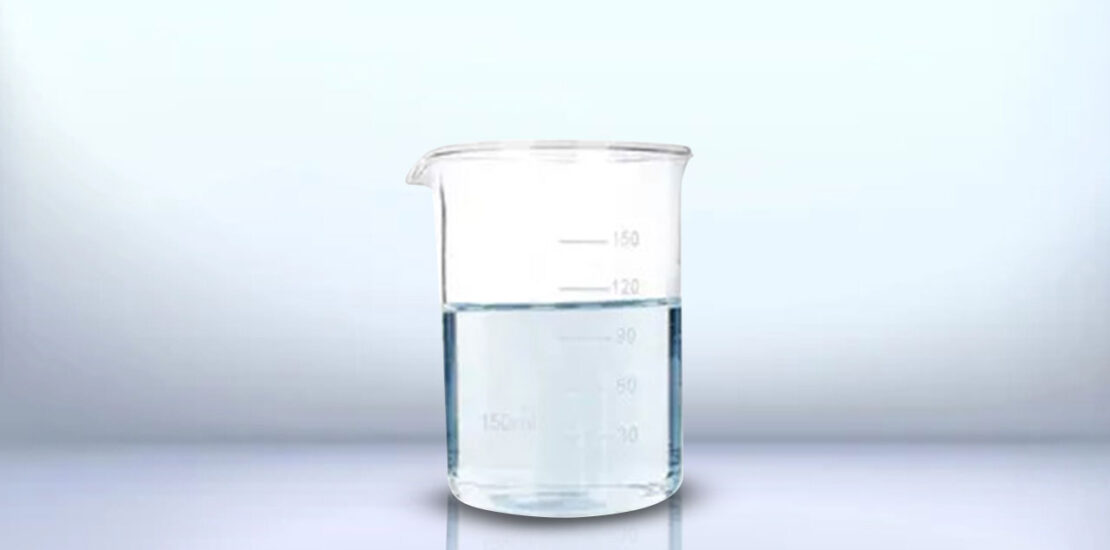- 28 August 2023
- Posted by: sspetrochem.com
- Categories:
No Comments

Xylene
What is xylene?
Xylene is a group of three isomeric aromatic hydrocarbon compounds: ortho-xylene (o-xylene), meta-xylene (m-xylene), and para-xylene (p-xylene). They share a common molecular formula, C8H10, but have different arrangements of the methyl groups on the benzene ring. Xylene is a colorless, flammable liquid with a sweet odor. It is an important industrial chemical with various applications. Here are key details about xylene:
- Isomers and Structure:
- Ortho-Xylene (o-xylene): The two methyl groups are located on adjacent carbon atoms of the benzene ring.
- Meta-Xylene (m-xylene): The two methyl groups are located on carbon atoms separated by one carbon atom on the benzene ring.
- Para-Xylene (p-xylene): The two methyl groups are located on opposite sides of the benzene ring.
- Physical Properties:
- Odor: Xylene has a characteristic sweet, pungent odor.
- State: It is a colorless liquid at room temperature with a relatively high vapor pressure.
- Production:
- Xylene is produced from crude oil as a byproduct of petroleum refining and from processes like catalytic reforming and steam cracking.
- Applications:
- Solvent: Xylene is commonly used as a versatile solvent in various industrial applications, including paint, coatings, adhesives, and the printing industry. It can dissolve many substances and is often chosen for its fast evaporation rate and solvency power.
- Chemical Intermediates: Xylene is a precursor for the production of various chemicals, including terephthalic acid (used in the manufacture of polyester fibers and plastics) and dimethyl terephthalate (used in plastic production).
- Laboratory Use: Xylene is used in laboratories as a clearing agent for microscopy and histology procedures.
- Fuel Additive: Small amounts of xylene are used as fuel additives to enhance octane ratings.
Product Image

